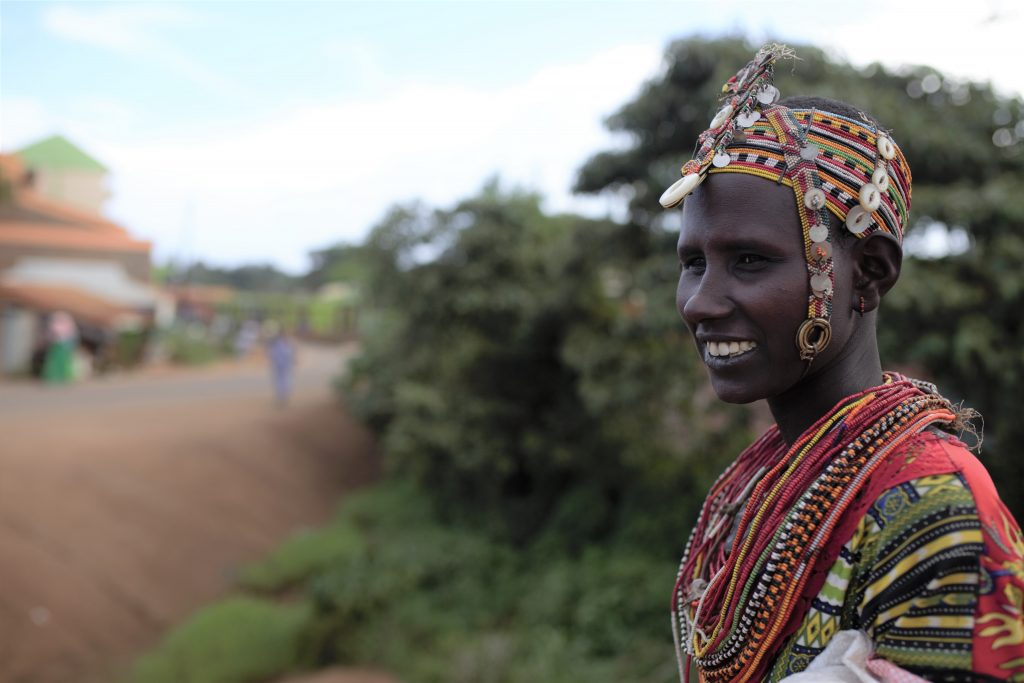The negotiations for the post-2020 Global Biodiversity Framework resume
The parties of the Convention on Biological Diversity are meeting over the next two weeks to continue negotiations. This third meeting of the “open-ended working group” will be held online over the next two weeks. This is the next step in developing a framework that will guide the actions of the 196 parties of the Convention, as well as actors of civil society and the private sector, for the next 30 years.
After much delay due to the COVID pandemic, the hope is that negotiations conclude next year in May, at the 15th Conference of the Parties in Kunming, China.
Considering the accelerating planetary crisis of loss of species and ecosystems, climate change and growing environmental injustices, this feels like a last-ditch effort to halt and reverse these trends. But will the parties to the Convention rise to the challenge and agree on goals and targets that will bring the transformative change that is needed?
The current draft of the Framework contains some welcome elements, some of which were asked for by representatives of Indigenous peoples and local communities, and civil society, at previous meetings. This includes the recognition of the rights of Indigenous peoples and local communities to their lands, territories and resources; references to traditional knowledge and customary use; and the targeting of some underlying drivers of biodiversity loss, such as harmful subsidies provided for the unsustainable exploitation of natural resources. It will be key that these elements be kept in the Framework and not watered down.
At the same time, more needs to be done if this Framework is to rise to the ambition of its ultimate vision: “Living in harmony with nature”. Perhaps, most fundamentally, such a vision of harmony can only be achieved if we finally understand the fundamental interdependence of people and nature. Human beings are a part of this living planet, and our well-being cannot be separated from that of the millions of other species that we share it with. At the same time, it is people – all people – who will have to uphold, and sometimes revive, our connection with the living world, if we want to change course.

Indigenous peoples and local communities are custodians of land and biodiversity
Through our work at Natural Justice, every day we see how Indigenous peoples and local communities act as custodians of biodiversity on their territories, and how, in the face of accelerating resource extraction and infrastructure expansion, they have become frontline environment and land defenders. An ambitious Framework needs to actively support the role of local people – including women and youth – in preserving what can be saved, and restoring what has been lost.
In order to play this role, Indigenous peoples and local communities need secure rights over their lands and resources. They also need governments to recognize and support their local conservation efforts, underpinned by their collective knowledge, wisdom and values. We have to find new ways of cohabiting with the rest of the living world – and exclusionary, “fortress” approaches to conservation that evict peoples from their lands and violate their human rights are not a viable solution. We also must ask for more accountability from those who drive the current extractive economic model, both at the level of the private sector and of our governments.
At the moment, the Framework does not contain any references to human rights. Specific issues, such as equity, governance and secure tenure also still need to be covered more explicitly in the targets, especially those looking at protected areas and other effective area-based conservation measures. The approach of the Framework to people’s relationship with nature is still too unilateral, focusing on Nature’s contribution to people, and using monetary values as a measure. Benefit-sharing remains narrowly confined to genetic resources, which is a missed opportunity for increased equity in the implementation of the Framework.
A group of partners, including Natural Justice, came together at the start of the negotiations and developed proposals for a human rights-based approach to the global biodiversity framework. The latest product of these reflections is a short document that gives comments on the current draft of the framework, and gives concrete recommendations.
You can find this document here: https://naturaljustice.org/publication/applying-a-human-rights-based-approach-to-the-global-biodiversity-framework/.

